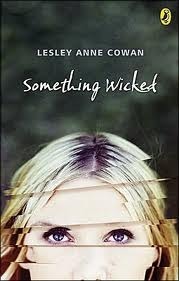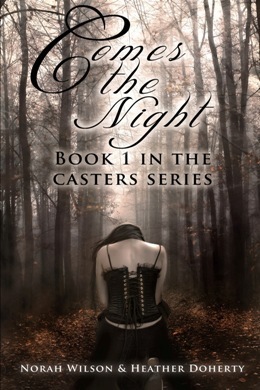
Something Wicked
Book Description
Dark secrets lurk in the shadows of a seemingly perfect town. When an unthinkable tragedy strikes, the fragile bonds of friendship and trust are shattered, and everyone becomes a suspect. As tensions rise, the line between innocence and guilt blurs, forging unexpected alliances and deepening betrayals. With every revelation, fear grips the heart of the community, and the ultimate question of who can be trusted hangs in the air. In a race against time, can the truth be uncovered before it consumes them all? In a place where wickedness thrives, who will be left standing when the dust settles?
Quick Book Summary
"Something Wicked" by Lesley Anne Cowan is a gripping exploration of the darkness that lies beneath the surface of an otherwise idyllic town. When a devastating tragedy strikes, the tight-knit community is thrown into chaos, and the threads of friendship and trust begin to unravel. With suspicion cast on nearly everyone, long-held secrets and hidden motives come to light, exposing the fragile veneer of civility. As alliances shift and betrayals deepen, the story dives deep into the complexities of human nature and the consequences of fear and suspicion. The suspense builds as the hunt for the truth intensifies, forcing characters—and readers—to question who can truly be trusted and what it means to seek justice in an atmosphere of uncertainty.
Summary of Key Ideas
Table of Contents
The Fragility of Community Trust
The novel opens in a seemingly perfect town, where close friendships and familial bonds are the foundation of community life. However, beneath this tranquility, unspoken secrets and simmering tensions persist. When tragedy strikes—a shocking act that shatters the illusion of safety—every resident is forced to reconsider what they know about their neighbors, friends, and even themselves. The trauma of this event lays bare the cracks within the social fabric, revealing that the town’s unity has always been more fragile than it appeared.
Secrets and Revelations
As the investigation into the tragedy unfolds, the suspicion quickly spreads. Characters who once trusted each other implicitly now view everyone with suspicion. The narrative delves into the psychology of fear, showing how it breeds paranoia and distrust. Old rivalries and jealousies resurface, and characters with hidden motives come forward, their secrets threatening to tip the delicate balance of peace, further deepening the community’s anxiety.
Betrayal and Unexpected Alliances
In the thick of the crisis, unexpected alliances are formed. Individuals who might once have been adversaries are compelled to work together in the name of self-preservation or the pursuit of truth. However, these alliances are uneasy, often marred by underlying resentment or fear of betrayal. The prospect of uncovering the true culprits and motives brings temporary unity but also sets the stage for deeper rifts as personal interests and deep-seated insecurities come to the fore.
Blurred Lines Between Innocence and Guilt
The investigation blurs the divisions between innocence and guilt. Accusations fly, and the pressure of scrutiny leads some to act rashly, making it more difficult for the truth to surface. Characters find themselves questioning their own moral compasses, wondering if their actions make them complicit in the tragedy or if silence is a form of guilt. The novel explores how easily perceptions can be manipulated and how, in times of crisis, the desire for closure can override truth.
The Consequences of Fear and Suspicion
As revelations mount and the mystery inches toward resolution, the collective fear and suspicion threaten to consume the town. The final confrontation forces the characters to confront not only the perpetrator, but also the consequences of their mistrust and past betrayals. In the dust of tragedy, the survivors are left to grapple with what it means to rebuild trust and address the wounds that wickedness has inflicted on their lives.
Download This Summary
Get a free PDF of this summary instantly — no email required.





